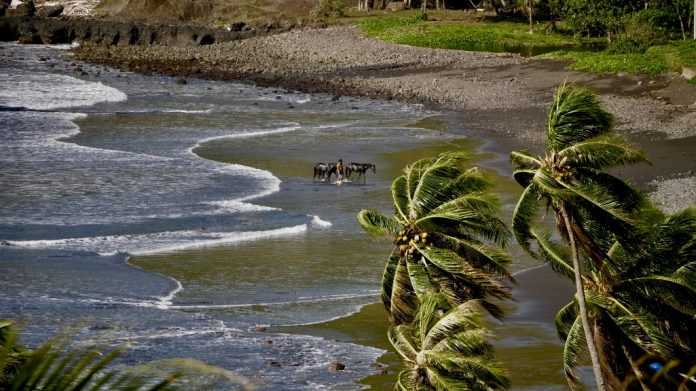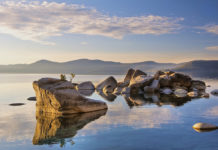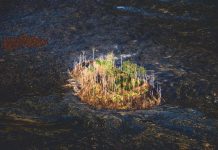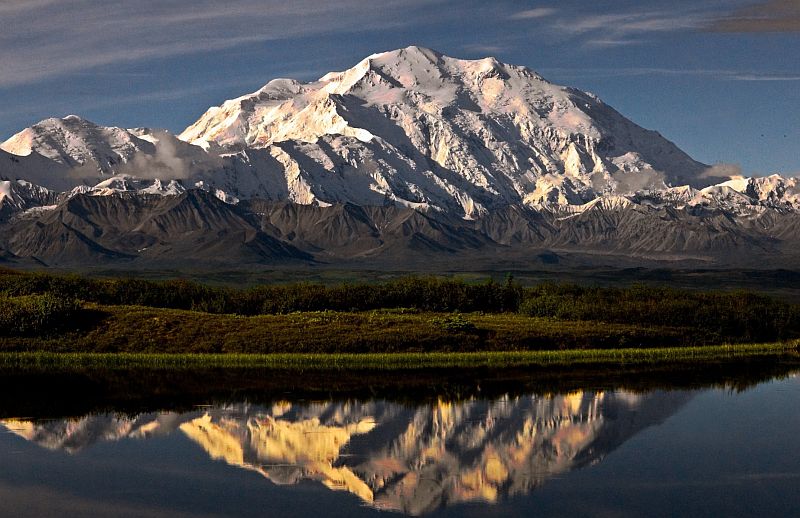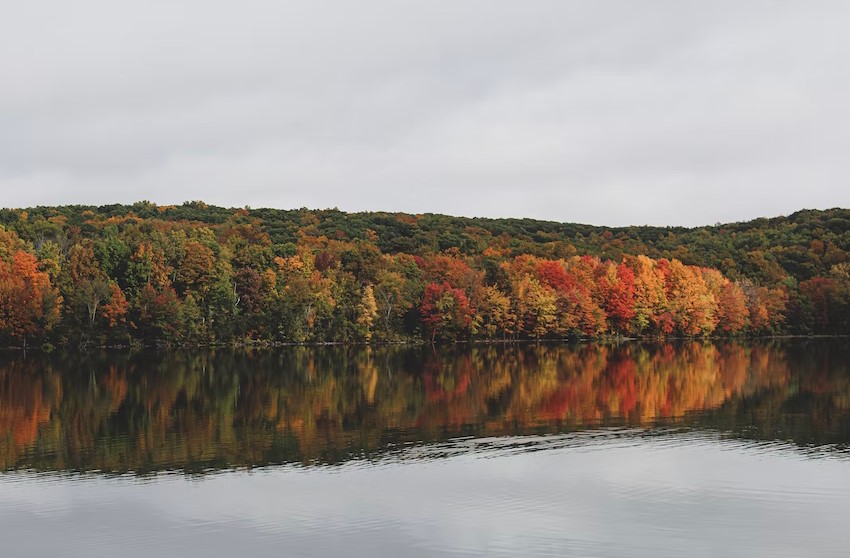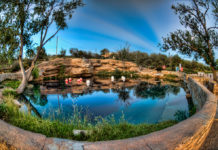Hiva Oa is the second-largest islet in the Marquesas Islets, in French Polynesia, an overseas home of France in the Pacific Ocean. These days, the remote Marquesas Islands feel like the proverbial last place on earth. But a thousand years ago, this archipelago was the foremost hub of Polynesian civilization. Further, to dispatch the first long-distance canoes and human population to Hawaii, the volcanic isles were the launching point for the settlement of the rest of French Polynesia and were eventually placed as far afield as Easter Island.
Hiva Oa safeguards much of this ancient heritage, including some of the most important archaeological sites in the South Pacific. Foremost among these is a massive ceremonial complex in the Taaoa Valley. Scattered across the valley floor, some still obscured by jungle, are more than 1,000 paepaes—dark volcanic stone platforms once used in religious rites.
Near the island’s eastern extreme looms the largest stone tiki in French Polynesia, part of a Me’ae Iipona temple complex restored in the 1990s and still a place where locals commune with ancient gods. In the nearby Tahauku Valley are the Tehueto petroglyphs, age-old rock art that depicts islanders. French impressionist Paul Gauguin and legendary Belgian singer Jacques Brel spent their last days in Atuona, the island’s largest town.
Both are buried in Calvary Cemetery. The climate in the Marquesas is stable year-round, but precipitation is highly unpredictable. The island economy mainly relies on fishing, chicken farming, and the cultivation of breadfruit, yam, sweet potatoes, bananas, taro, and coconut. There is little tourism on the island.
National Geographic writer and photographer Luis Marden visited Tahiti in 1962 to see how the South Pacific island’s first airstrip had changed it. Its sense of exotic seclusion had ended with the arrival of the first passenger aircraft.
He wrote ruefully,
“Tahiti is no longer remote, a misty isle of legend, a place untouched by the niggling realities of the outside world. Now it is as near as your airport.”
But he found some things unchanged. Papeete was still Tahiti’s only town, the Tahitian language was still barely written, and natural bounty like fish and coconuts were still staples of the islanders’ existence.
They had 20 words for the coconut alone and used every part of it in their day-to-day lives. Tahitians dry-split coconuts in the sun to create the island’s chief export, copra. After sunning, the white meat was cut out of the nut and further dried over a coconut husk fire. Top right, coconut fronds form a seine to dredge small fish from the water.
How to Stay: The island’s only overnight digs are in Atuona. There’s but one hotel: the Hiva Oa Hanakee Pearl Lodge
HOW TO GET THERE: Air Tahiti offers flights from Papeete (via Nuku Hiva). It’s also possible to reach Hiva Oa by sea aboard the M.S. Paul Gauguin cruise ship, the Aranui 5 passenger/freighter vessel, or an annual Zegrahm Expeditions cruise that calls on Hiva Oa.





